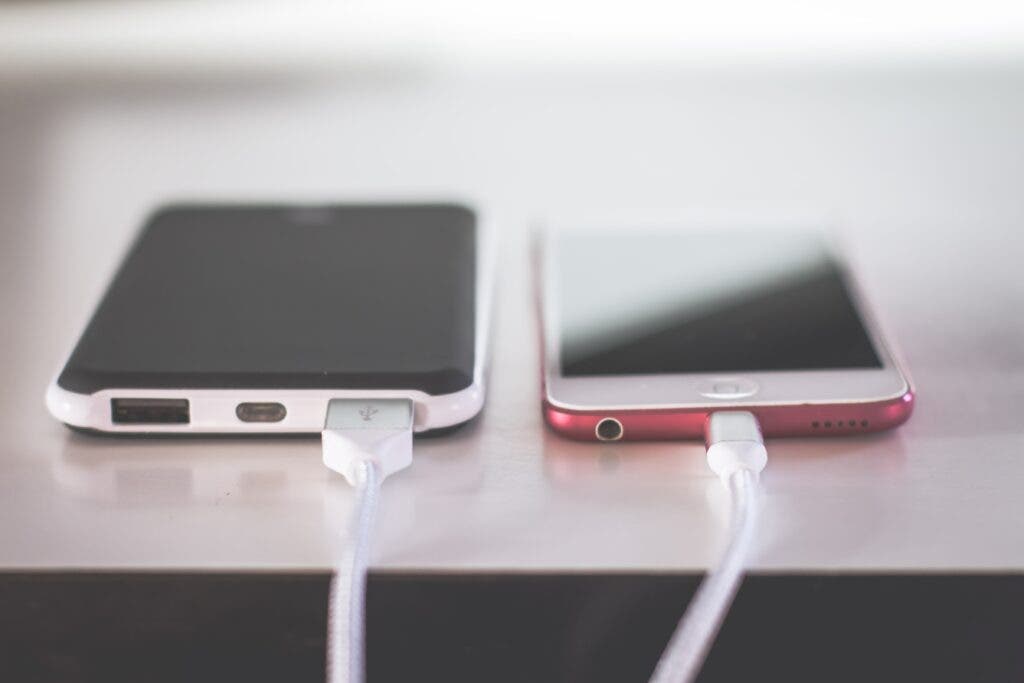European Union (EU) member states agreed on a law that would impose a standard charger for all smartphones and tablets sold in the bloc. The move is part of the EU’s attempt to reduce its electronic waste and deals a blow to Apple, which fought to keep its own different charger, but some have criticized the move, saying that it will ‘stifle innovation’.

Every year, the world produces some 50 million tons of electronic waste (or e-waste), and only about a fifth of this is recycled. Some of that is difficult to tackle as sometimes, devices simply stop working — although there’s something to be said about the right to repair as well, but that’s a different discussion. But much of that waste is completely preventable, especially when it comes to cables.
If you’re reading this, the odds are you’re using at least a couple of electronic devices, and if this is the case, you probably have a bunch of charging cables in a drawer, box, or tossed somewhere. Different devices have traditionally had different types of chargers and it can be a hassle to buy and keep several types of cables for several types of devices. This also produces a lot of extra waste, the EU estimates.
While we’re no longer in the wild-wild west of the past two decades (when almost every device had its own type of charger), several types of chargers still exist. Most commonly, chargers use one of either the “Lightning” Apple charger, the micro-USB, and the newer USB-C that’s increasingly coming into play.
It seems that USB-C will replace the micro-USB for Android devices, but there appears to be no reconciliation between the USB-C and the Apple chargers. Due to this incompatibility between chargers, users in the EU spend €2.4 billion ($2.6bn) annually on additional standalone chargers and produce around 11,000 tons of e-waste every year. Now, all that is about to change.
The European Parliament announced that it has reached a “provisional agreement” that establishes the USB-C as the single charging solution for certain electronics (phones, tablets, eReaders, earbuds, digital cameras, headphones, headsets, handheld consoles, and portable speakers). The move will come into force in fall 2024 — starting then, new products must support USB-C charging.
“This new law will make the lives of European consumers easier and will be better for the environment,” said MEP Andrey Kovatchev, one of the negotiators. “It is time to put an end to the piles of cables that we all have in our drawers and save about 11,000 tonnes of electronic waste per year.”
Apple complained about the move and said that it “stifles innovation” and will actually produce more pollution than it prevents. The UK has also announced it will not implement the same move.
Not everything is set in stone yet, and the draft may still be changed or paused. What do you think about the decision?
Was this helpful?



